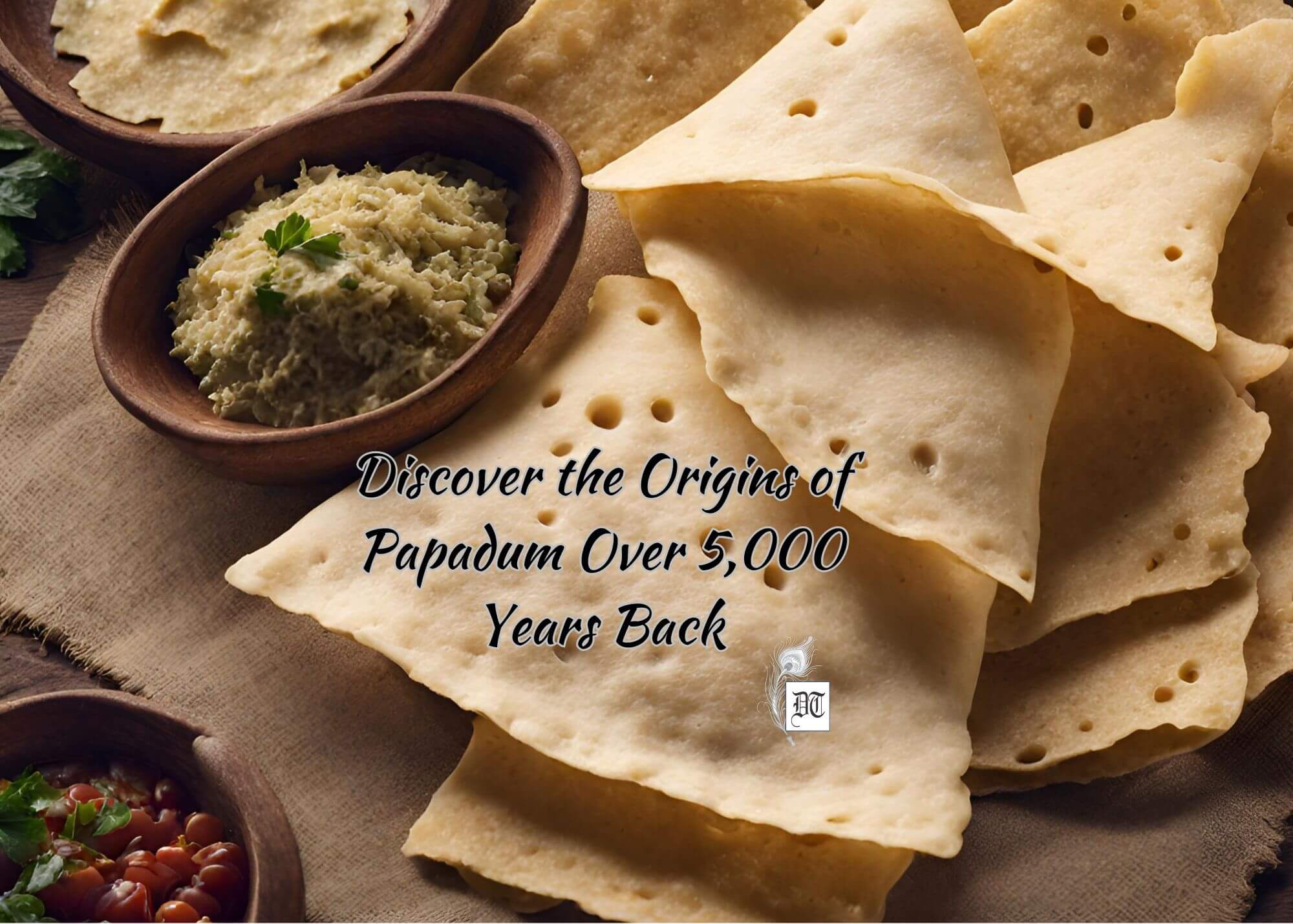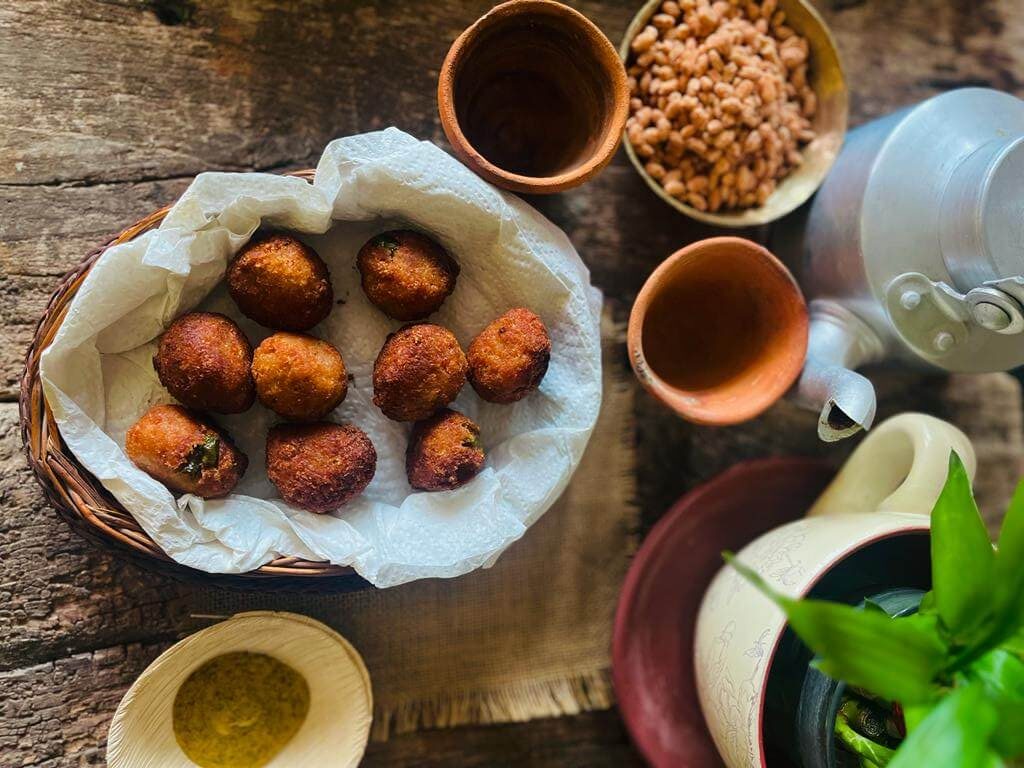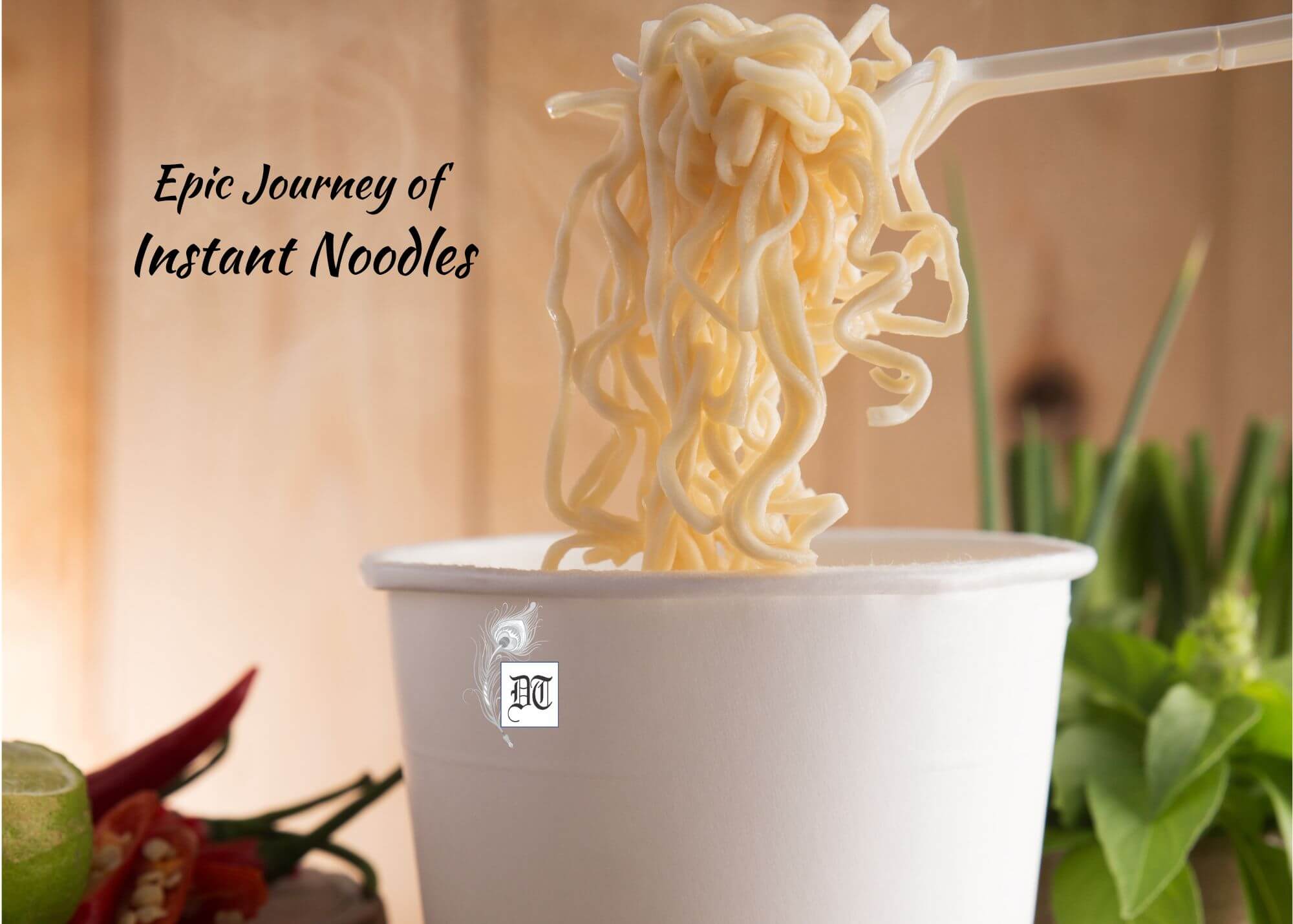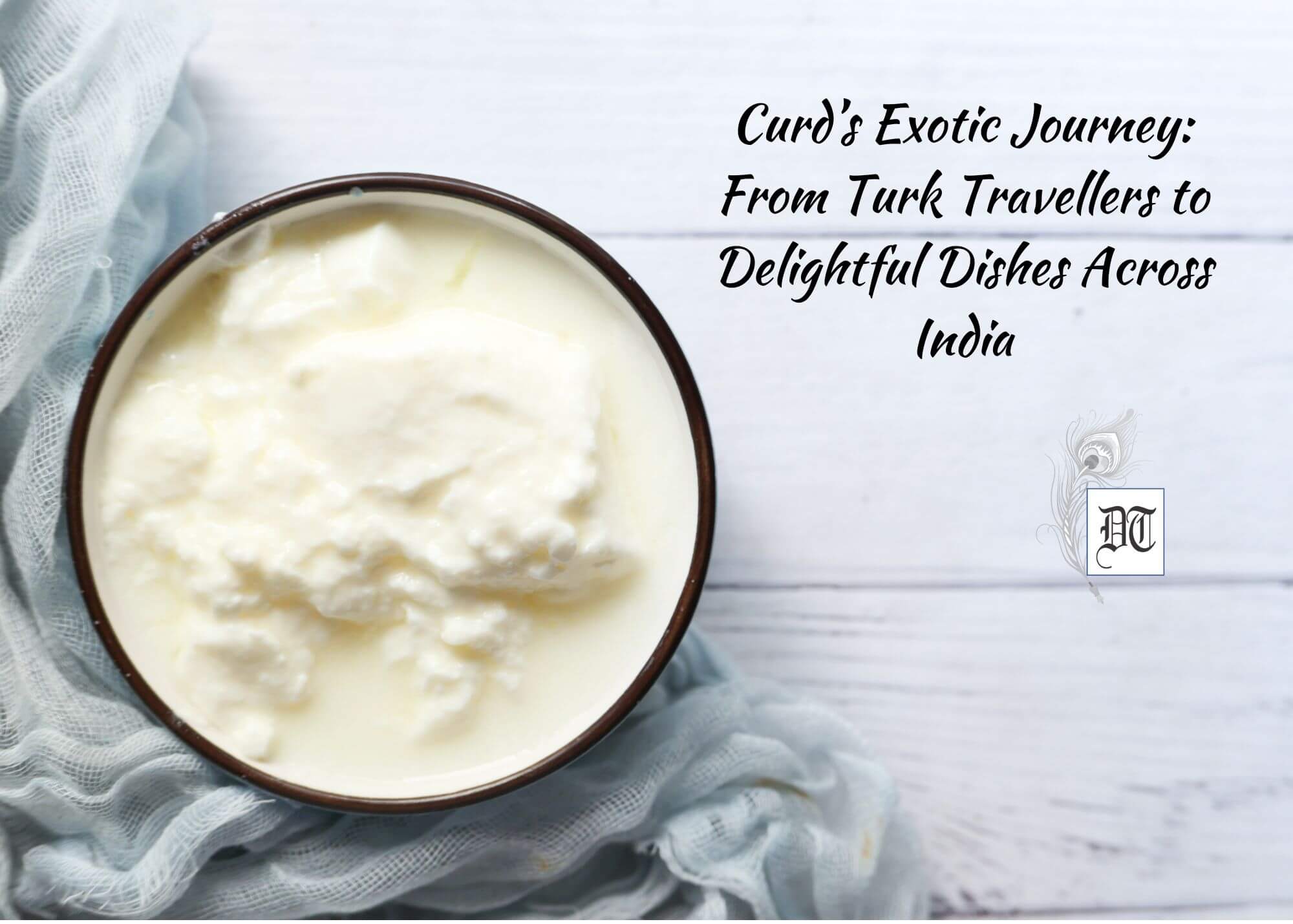Many centuries were spanned by the Biryani in its evolution from a dish for battling troops to a dish fit for the kings, it has been influenced by the gastronomic, cultural and religious differences of the regions. It’s now an all-India favourite. Biryani was savoured by the Nizams of Hyderabad and the Nawabs of Lucknow along with the Delhi rulers. The royal patronage gave it a golden aura of finesse and the regal élan. Their chefs were known far and wide for their signature touches. Each royal family honed their Biryani with unique twists. Lily, in the weekly column, tells us of the various kinds of this gourmet’s delight that has evolved in its unique way in various parts of the country. Read more about it, exclusively in Different Truths.
Biryani, the very name conjures up visions of silver platters loaded with perfumed mounds of rice spiced to delicate perfection. A gastronomic delight with subtle nuances of flavours varying according to the regions they are being cooked in. An age-old heritage of classical South Asian cuisine is encompassed in its fragrant layers. The word comes either from the Persian word, Biriyan, which means fried before cooking or from Birinj, the Persian word for rice.
It is said that during the 1600s, the Mughal emperor Shahjehan’s queen, Mumtaz Mahal, took a walk through the barracks of the Royal army. She was saddened to see that the troops were malnourished. She asked the chef to prepare a nutritious meal with meat and grains. Biryani is supposed to be the result of that endeavour.
Another legend has it that it came to India with the Turk Moghul emperor, Timur’s army, when it came to our borders, in 1398. It was supposed to be the diet of the soldiers. An earthenware pot of rice, spices and whichever meats were available was filled and put in a hot pit dug in the ground. When cooked the warriors consumed this robust meal. A different school of thought believes that the Arab traders brought this dish to the Southern Malabar Coast during their marine visits.
There is mention of a rice dish known as oon soru in Tamil literature, as long back as the 2nd century AD. This too was used to feed armies and was prepared with rice, ghee, turmeric, coriander, bay leaf, pepper and meat.
Biryani was savoured by the Nizams of Hyderabad and the Nawabs of Lucknow along with the Delhi rulers. Their patronage gave it a golden aura of finesse and the regal élan. Their chefs were known far and wide for their signature touches. Each royal family honed their Biryani with unique twists.
The exquisite blend of spices and aromas that made this mouth-watering dish a favourite, gave birth to new accompaniments in different regions. Mirchi ka Salam, Baghaare Baingan, and Dhanshak to names few.
Meticulously perfected techniques and correctly measured ingredients gives o ne a Biryani that is unforgettable. The taste of the first morsel that I tasted in the Shadaab Restaurant in the Charminar area of Hyderabad lives with me. It all starts with the scented steam wafting out of the Handi, where it is being cooked on a wood fire. It’s a blend of screw-pine and saffron hitting first with undertones of cardamom, cinnamon and mace.
ne a Biryani that is unforgettable. The taste of the first morsel that I tasted in the Shadaab Restaurant in the Charminar area of Hyderabad lives with me. It all starts with the scented steam wafting out of the Handi, where it is being cooked on a wood fire. It’s a blend of screw-pine and saffron hitting first with undertones of cardamom, cinnamon and mace.
The perfect old method to cook a biryani is Dum Pukht, the Persian way of cooking in a slow breathing oven. After all the ingredients are layered in a pot, it is sealed with dough and left to simmer for a long time. The meat tenderised in its own juices, while it flavoured the rice.
Besides technique, a Biryani gets its distinct character with the judicious use of fresh and good quality spices. Some recipes make do with a few, whereas others need more than fifteen different spices. Since medieval times, edible ittar, rose water and saffron have given a Biryani its classy touch.
Traditionally, long grained rice were used in North India. The fragrant basmati rice have taken over. The Biryani in the south of the country are made with local varieties of rice like the Zeera Samba, Kaima, Jeerakashala, Kaala Bhat, etc. These change the taste and texture of the dish.
The Kuchchi (raw) Biryani is cooked by layering uncooked meats and raw rice in a heavy bottomed pan. The Pakki (semi-cooked) Biryani has layers of previously cooked meat and rice, which blends into a marriage of flavours after being finished in the pot.
Many centuries were spanned by the Biryani in its evolution from a dish for battling troops to a dish fit for the kings, it has been influenced by the gastronomic, cultural and religious differences of the regions. It’s now an all-India favourite.
 The Moghul emperors were epicures and dined lavishly. The Moghul biryani is rich. It has succulent pieces of meat and rice emanating an inviting Kewra scented aroma. Definitely a King’s lavish meal!
The Moghul emperors were epicures and dined lavishly. The Moghul biryani is rich. It has succulent pieces of meat and rice emanating an inviting Kewra scented aroma. Definitely a King’s lavish meal!
The Hyderabadi biryani came into being when Aurangzeb appointed Niza-ul- Mulk as ruler of Hyderabad. His chefs created 50 new varieties using fish, deer, quail, shrimp and hare too.
Hyderabadi biryani came to be known for the saffron flavoured rice. This city also perfected the Kachi Akhni Biryani. I have personally wolfed down bagful of this addictive stuff.
Calcutta biryani came into being when Nawab Wajid Ali Shah, the legendary gourmet was banished from Awadh. His chefs tried to recreate his beloved food. The egg replaced the meat and the yoghurt marinate remained. Also, the rice was yellow with a hint of sweetness buried under it and the spices were lighter. I tasted one very recently on my visit to Kolkata. A tad unusual.
The Dindigul Biryani is a hot favourite of the residents of Chennai. It is made with tinier cubes if meat and is heavily laced with pepper, lemon and curd make it a tangy zeera samba rice, giving it a different flavour.
The star in my eyes remains the Lucknowi Biryani. This Royal Awadhi delicacy is cooked with Yakhni, which is a stock made with meat and spices boiled over a long time. The texture is softer and the spices are not heavy. A delicate, milder biryani, which haunts me from the gullies of the walled city of Lucknow.
cooked with Yakhni, which is a stock made with meat and spices boiled over a long time. The texture is softer and the spices are not heavy. A delicate, milder biryani, which haunts me from the gullies of the walled city of Lucknow.
Other popular ones are the Arcot biryani, originally from Velluri, in Tamil Nadu, typically accompanied by pachadi, a curd raita and dalcha, brinjals’ curry.
Memoni Biryani is rather spicy in the Gujarat-Sindh area and is akin to Sindhi Biryani. It has browned onions and potatoes along with meat and does not use food colouring.
One of India’s favourite biryanis is the Thalasserey Biryani, it has cashew nuts, sultanas, fennel seeds, in the gravy, cooked separately from the chicken wings. It is a blend of sweet and salt, and the rice is blended in at the last moment. Mild Malabar spices are added to the Biryani made with Kaima rice.
Kampuri Biryani of Assam has vegetables like bell peppers, potatoes, beans, carrots cooked with the chicken, mildly flavoured with nutmeg and cardamom. It has a local vibe.
Tipu Sultan hired Hindu book keepers in Mysore. This gave rise to Tahari Biryani, which is vegetarian.
The Beary Biryani of Karnataka is the spicier cousin of Mangalore Biryani, the rice is mixed with ghee and spices, and is kept overnight.
The nutty Sindhi version is yummy and the Navayath cuisines gave us Bhatkhali Biryani, in Karnataka. The Bombay one is like the city a melting pot of flavours.
 I also think with reverence in my heart about the Hyderabadi Doodh ki Biryani. A blazing star in the vast repertoire from the Nizam’s kitchen, it is made creamy with milk.
I also think with reverence in my heart about the Hyderabadi Doodh ki Biryani. A blazing star in the vast repertoire from the Nizam’s kitchen, it is made creamy with milk.
I need to take in a deep fragrant breath after that long list.
Well, whoever got it here or if it already existed here I really don’t bother my greedy head about that. What makes me happy is that this instant perk-me- up is here and one packet from my most loved outlet is enough to keep life spiced up.
A trivia that I have to share is that if one wants to test the quality of this dish, drop it in a stone floor. If the rice splatter without clumping together, then you have a winner!
Spread out the pretty table cloth, light the candles and inhale.
Khuda Hafiz till then. Happy drooling!
©Lily Swarn
Photos from the internet.
#Biriyani #HistoryAndMystryOfFood #TypesOfBiriyani #HistoryOfBiriyani #CulturesAndBiriyani #FlavoursOfBiriyani #DifferntTruths









 By
By

